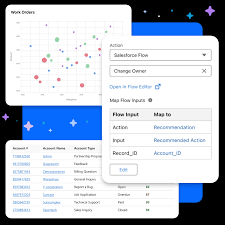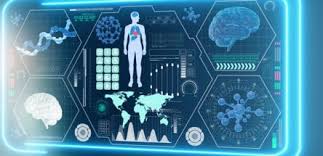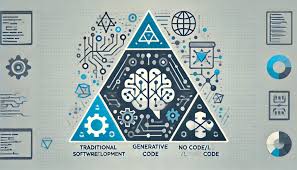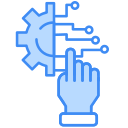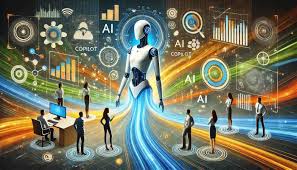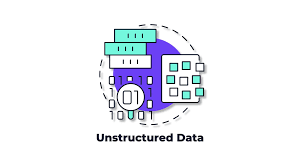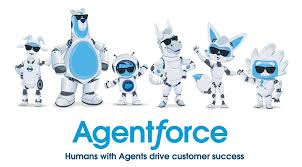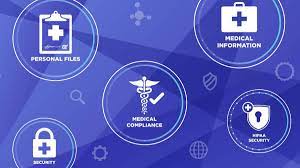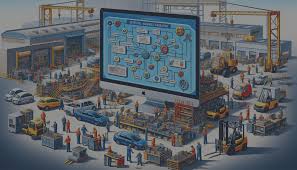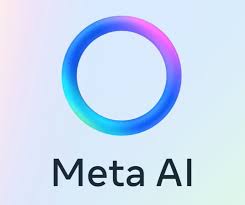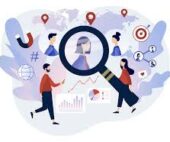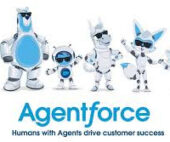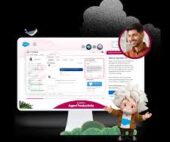Tableau Next
Introducing Tableau Next: Agentic Analytics, Reimagined We’re entering a new era of autonomous analytics—where insights meet action, and data becomes a daily driver of decisions. Tableau Next is at the forefront of this transformation: a next-gen analytics platform that brings AI-powered insights directly into the flow of work. Formerly known as Tableau Einstein, Tableau Next is now built entirely on the Salesforce Platform and deeply integrated with Agentforce, enabling organizations to deliver proactive, personalized insights using trusted, unified data. What Is Tableau Next? Tableau Next is an agentic analytics platform that reinvents self-service BI with a modular, composable architecture. It empowers every department, user, and industry to create agile, contextual analytics experiences—powered by reusable components, semantic AI, and consistent data embedded into every workflow. With Salesforce’s secure, privacy-first foundation, teams can confidently use Tableau Next to make smarter decisions, faster. AI-Powered Insights, Embedded Where You Work In many businesses, valuable insights go unused—buried in dashboards or siloed across systems. Tableau Next changes that by delivering real-time, contextual insights directly where people work. With built-in metrics, predictive forecasting, and generative AI, users can: Features like Tableau Agent and Tableau Pulse combine to power an intelligent, always-on analytics experience—whether you’re a business user, analyst, or IT leader. Data You Can Trust with Tableau Semantics Turning data into value starts with trust. Tableau Next’s semantic layer brings meaning and consistency to your data, making insights easier to discover, understand, and act on. Key capabilities include: Built for Real-Time, Scalable Data Operations Your data lives everywhere—in the cloud, on-prem, across countless systems. Tableau Next connects to it all without duplication or delay. Built on the Salesforce Platform and powered by Data Cloud, Tableau Next offers: This allows you to connect, analyze, and act on data at every touchpoint—without the headaches of traditional data infrastructure. Composable, Reusable Analytics—Your Way Most organizations struggle to reuse dashboards, data models, and workflows across teams. Tableau Next unlocks those assets through an open, API-first design and a new analytics marketplace. Benefits include: This flexibility drives efficiency and supports enterprise-wide customization. Future-Proof Your Data Strategy with Tableau Next With over 20 years of innovation in visual analytics, Tableau now takes a bold leap forward with the intelligence, scalability, and automation needed for today’s data-driven world. Integrated with Agentforce, Data Cloud, and Salesforce AI, Tableau Next ensures that everyone in your business gets the answers—and the actions—they need, right when they need them. Start Using Tableau Next Today Many features of Tableau Next are already available in Tableau+, including: Now’s the time to elevate your data strategy. With Tableau Next, your data works as smart as you do. Like Related Posts Salesforce OEM AppExchange Expanding its reach beyond CRM, Salesforce.com has launched a new service called AppExchange OEM Edition, aimed at non-CRM service providers. Read more The Salesforce Story In Marc Benioff’s own words How did salesforce.com grow from a start up in a rented apartment into the world’s Read more Salesforce Jigsaw Salesforce.com, a prominent figure in cloud computing, has finalized a deal to acquire Jigsaw, a wiki-style business contact database, for Read more Service Cloud with AI-Driven Intelligence Salesforce Enhances Service Cloud with AI-Driven Intelligence Engine Data science and analytics are rapidly becoming standard features in enterprise applications, Read more

